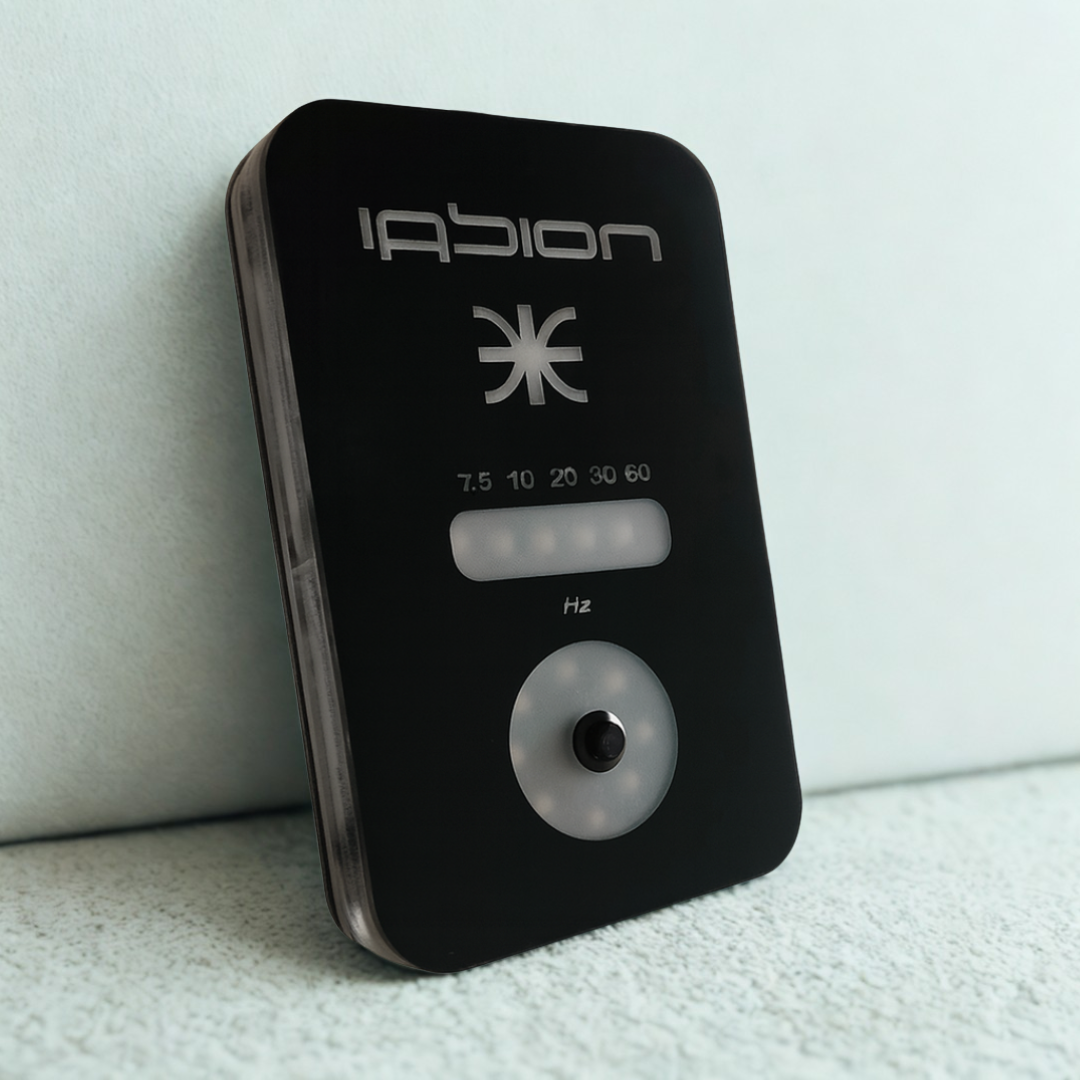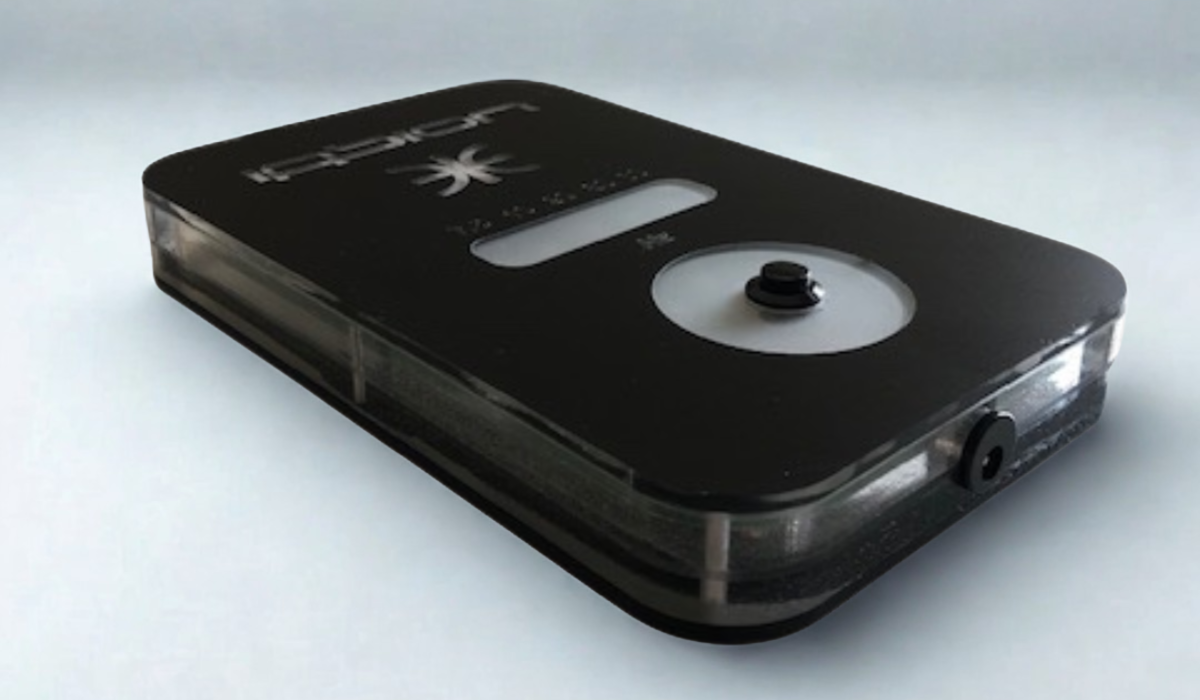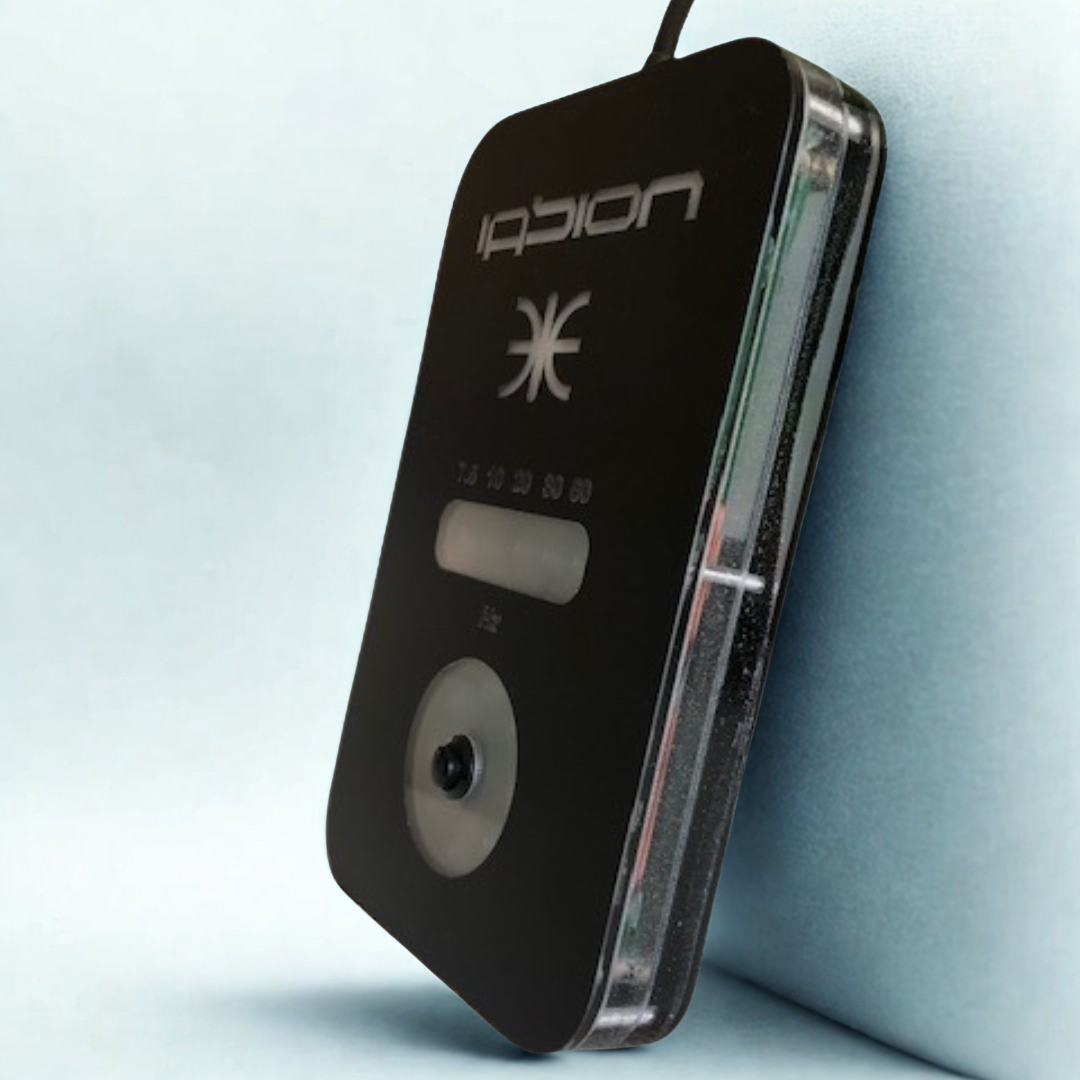Results of the NASA study on the 10Hz PEMF signal

In this research, it was discovered that this specific signal could increase the growth of neural stem cells by about 400% . The researchers also found that this signal stimulated the expression of around 150 growth factor genes involved in increased stem cell production.
Due to NASA's success in using this signal to enhance stem cell growth, some PEMF manufacturers have incorporated a 10 Hz signal into their devices. Some claim to use NASA's 10 Hz signal , but this is technically incorrect.

Even if a PEMF device generates a 10 Hz square wave, it cannot be identical to the NASA signal unless the original NASA signal generator is used. The design always differs from manufacturer to manufacturer, from chipset to chipset, and even the chipset material can vary.
Nevertheless, this does not diminish the value of a 10 Hz square wave. It is quite possible that other 10 Hz square waves outside NASA have similar effects on stem cell production—but this has not yet been proven.

A 10 Hz signal is a brainwave frequency signal . It lies in the alpha rhythm range. This means it has a more relaxing effect and can put the brain into a state of rest, especially when applied close to the brain. In fact, it has been found that 10 Hz can increase levels of dopamine and 5-HTP , which are important for treating depression.
Research in Germany also shows that 10 Hz can be very effective and helpful in restoring disrupted circadian rhythms —for example, jet lag caused by flights across multiple time zones. It's therefore possible that other 10 Hz square wave signals outside of NASA could have similar effects on stem cell production—but this hasn't been proven.
